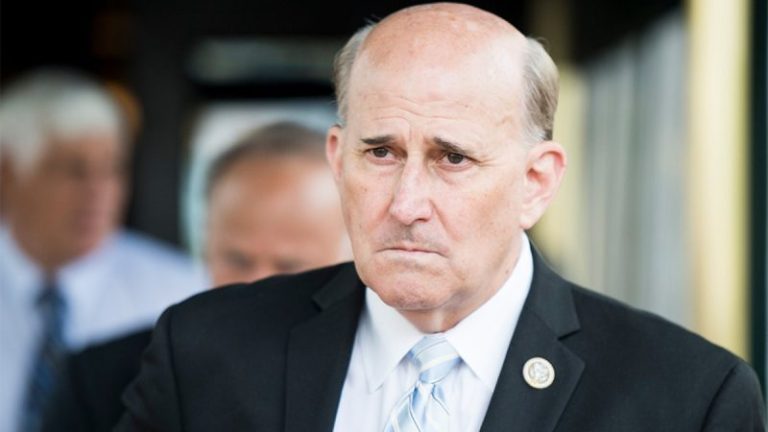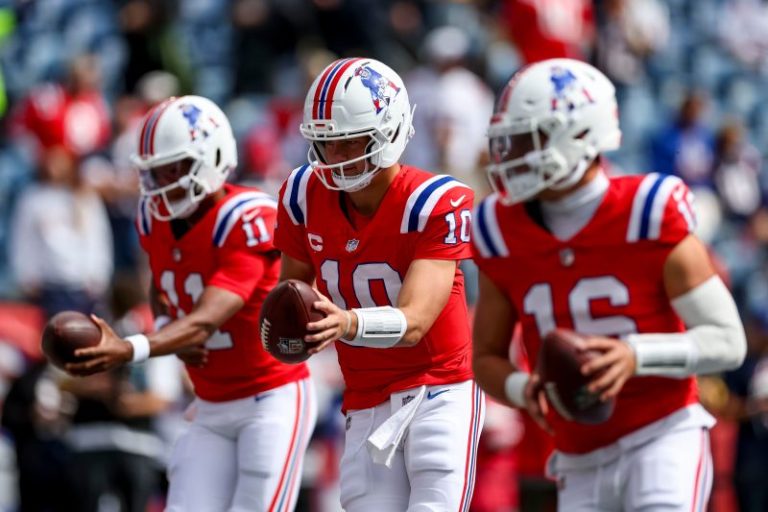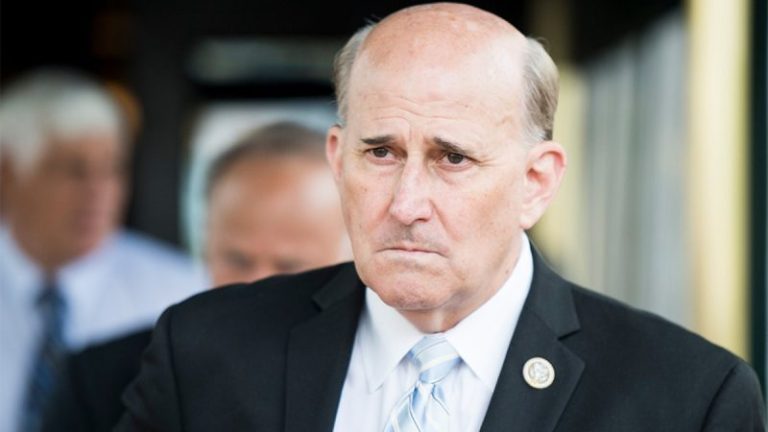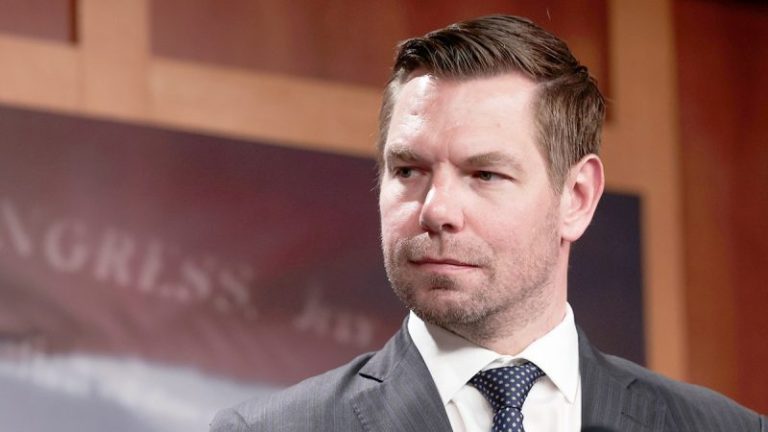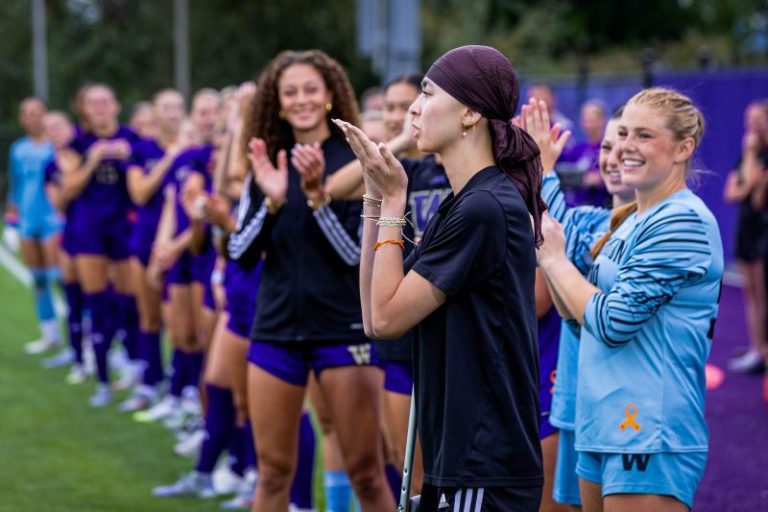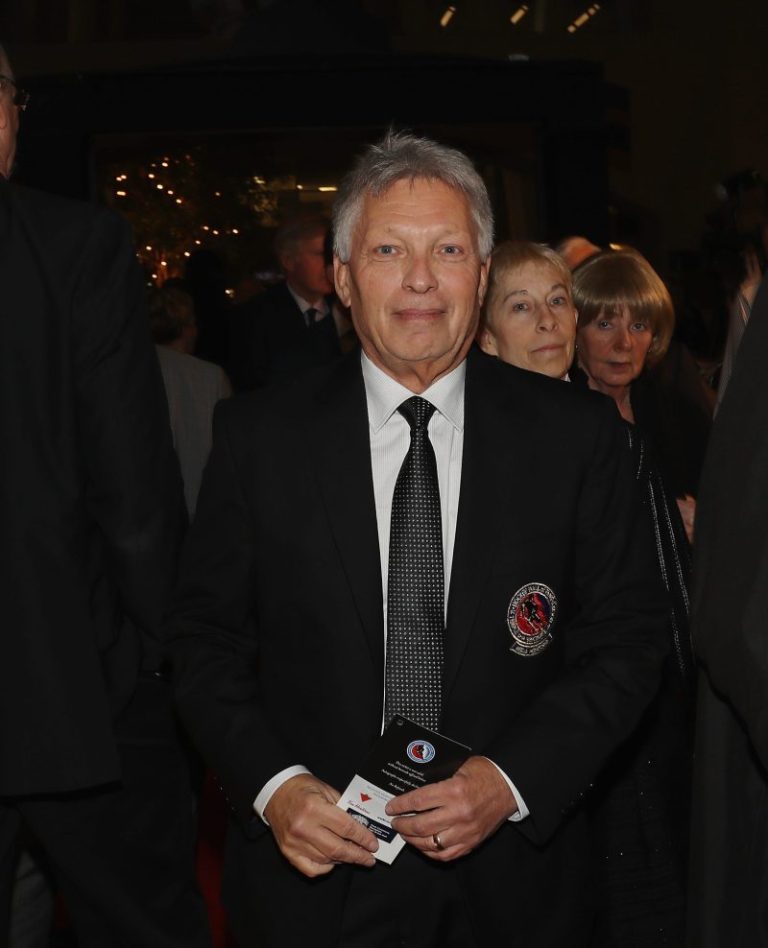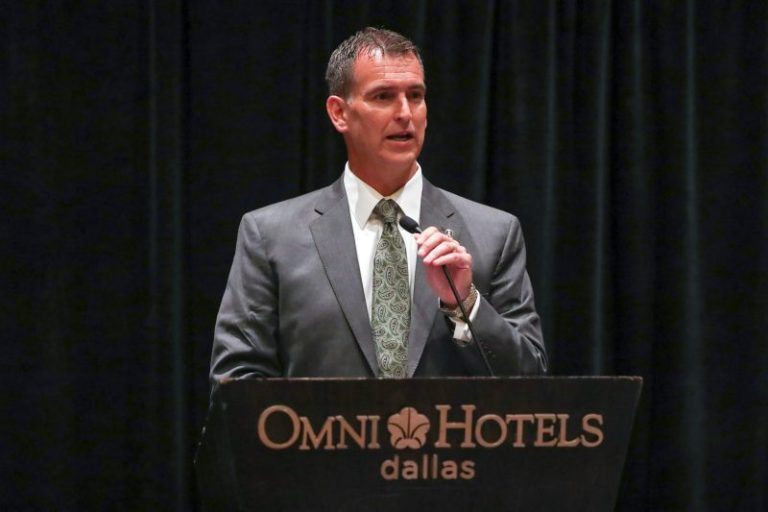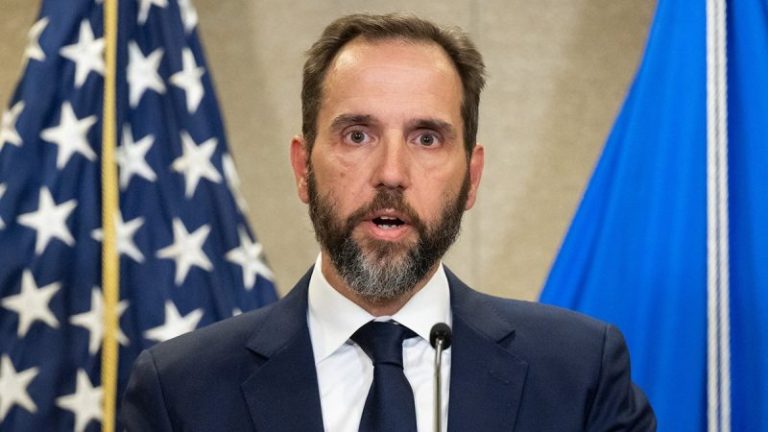As Washington goalkeeper Tanner Ijams prepared for a shootout against Michigan State in the 2025 Big Ten championship on Nov. 9, the sophomore asked herself a simple question: What would Mia Hamant do?
Hamant was the Huskies goalkeeper last season, but her budding soccer career was tragically cut short by a rare and aggressive form of Stage 4 kidney cancer. Hamant, 21, died Thursday, Nov. 6, three days before the Big Ten championship match.
Ijams took over as Washington’s starting keeper this season following Hamant’s diagnosis. As Michigan State players lined up to take their penalty kicks, Ijams was confident the Huskies would win.
‘(Hamant) has a really, really good way of reading which way the striker is going, and it definitely helped me a lot in those moments,’ Ijams told USA TODAY Sports on Wednesday. ‘She was always so supportive of me and teaching me little techniques and little tricks that she does to just be a better keeper. So she definitely shared so much of her knowledge with me, and she’s such an amazing keeper.’
MIA HAMANT: Washington goalkeeper dies from kidney cancer at 21
The moment the Huskies punched their NCAA Tournament ticket felt eerily similar to last season, when Hamant earned Big Ten All-Tournament honors after making three saves in a quarterfinal penalty shootout victory over Iowa to advance.
‘It was only fitting that we finished that game with penalties,’ said Washington coach Nicole Van Dyke, whose No. 4 seeded Huskies play Montana Friday, Nov. 14 (10 p.m. ET, ESPN+). ‘I felt like we had won it before we even started the penalties.
‘I could see Mia (Hamant) giving a few fist pumps in that and screaming from the sidelines because for a goalkeeper to be at the heart of that moment is something pretty special for this team.’
‘Mia (Hamant) continued to show up’
Hamant was coming off a career-best junior season at Washington, where she ranked third in the nation in save percentage (0.882), before she received the diagnosis in April. Hamant had Stage 4 SMARCB1-deficient kidney cancer. A GoFundMe organized by teammate Lucy Newlin’s mom, Kim Newlin, said the form of cancer Hamant was diagnosed with was so rare that ‘many medical facilities may only see a single case per year.’
Hamant sat out her senior season to undergo treatment, but was never far from her teammates or the game she loved. She was there the first day of practice, when the Huskies laid out their season goals, Van Dyke said. She was at every home game. She was only a FaceTime call away when the team was the road. The team celebrated Hamant’s 21st birthday together in July with games of Tic, Tac, Toss, Perfection and Tapple.
‘Mia continued to show up,’ Van Dyke said. ‘I think her connection and the connection she has with her teammates never left from the second she was diagnosed. If she could be here, she was here.’
Following a seven-month battle with cancer, which she documented on her Instagram account @miakickscancer, Hamant lost her fight. The devastating news came shortly after the Huskies’ 2-1 Big Ten tournament semifinal win over No. 15 Wisconsin on Nov. 6 in St. Louis, Missouri, at Energizer Park.
Van Dyke had the impossible task of telling her team, gathering players and families that traveled for the tournament. The coach said she ‘couldn’t be more grateful’ for the families, staff and university’s ‘team effort of wrapping their arms around our team.’
‘Everyone was going through the exact same thing, all together as a team,’ Ijams said, ‘and we were able to really look at each other and say, ‘Hey, we can feel everything that we need to feel. We can let everything out.’ And that’s exactly what we did that night that we found out. We cried together, we sobbed together, we reminisced on moments with her together and really just contributed to the team spirit.’
The Huskies prioritized connectedness on Friday, leaving space for players to process and grieve the loss of their teammate and friend. ‘We did things that every high caliber soccer team wants to do. We went to Target. We went and had Chick-fil-A,’ Van Dyke said. The Big Ten championship game was days away, but that didn’t matter in the moment. ‘One thing that we could control was just spending more time together.’
Van Dyke pulled seniors Lucy Newlin, Kelsey Branson and Kolo Suliafu aside to ask a question she knew may sound ridiculous to the competitive group: Do you want to play in the championship on Sunday?
‘Before all the words are even coming out of her mouth, our heads are nodding up and down,’ Newlin said. ‘We’re looking at each other with incredulous looks on our faces. But everyone on this team wanted to play and wanted to win for the person next to them, for Mia (Hamant), for the support staff, for the coaches, for everyone who’s gotten us to this point because we’ve had an incredible season so far. So why wouldn’t we just go on and win the whole thing?’
They wanted to finish what they started when they set their goals, with Hamant, on the first day of practice.
‘They knew that that’s what (Hamant) would want,’ Van Dyke added. ‘And that’s what she will continue to want for this team, is for the team to be successful and the team to pursue their goals because they’re not just their goals, they are Mia’s goals, and they’re always her goals.’
Huskies rally through grief
Hamant’s presence was alive at the Big Ten championship, and her team ‘felt her in a thousand ways,’ Newlin said. The Huskies listened to a playlist curated by Hamant in the locker room before the game. Her No. 00 jersey was draped on the bench during the match and the team was greeted by a beautiful orange sunset (Mia ‘was a big fan of sunsets’) that matched the color of the bows in their hair. (Orange is the official color of kidney cancer awareness.)
‘Songs would come up that I haven’t heard since I listened to them with (Hamant) for the first time, and she’s there … back with us,’ Newlin recalled. ‘We step on the field and the sun comes out from behind the clouds and shines directly on us where we’re standing as we’re doing the captain’s meeting. And she’s there in every moment, conscious or not, we know she’s there with us.’
Despite being ‘physically, emotionally, mentally tired,’ the Huskies were fueled by Hamant. Van Dyke’s final message before her team took the pitch: ‘There’s no result, win, lose, or draw that reflects how much we loved Mia (Hamant).’
Senior forward Kalea Eichenberger got the Huskies on the board less than four minutes into the match and pointed to an orange wristband she was wearing in honor of Hamant. Michigan State’s Kayla Briggs converted a penalty kick in the 11th minute to tie the match at 1. After two scoreless overtime periods, it was fitting the match came down to penalty kicks, a scenario Hamant loved.
‘I definitely felt Mia’s presence in that moment,’ Ijams said. ‘(Hamant) is someone that I share that love of PKS with. She’s been super passionate about it. … We’ve both talked about the fact that a lot of people think we’re a little insane for it, but we love penalty kicks. So the second that final whistle blew, I knew I needed to use momentum to our advantage.’
The sophomore keeper turned up the energy and made two PK saves, adding to her career-high six saves. When the match was over, all the emotions and grief the team had pushed aside flooded back. Tears were shed, a Big Ten championship trophy was hoisted and their trip the NCAA Tournament was booked.
‘You can see just how far (Ijams’) confidence has come, how much belief she has in herself, and how much trust she has in her teammates and how much trust they have in her,’ Van Dyke said. ‘I think that’s the turning point for a goalkeeper is when the team trusts you to the utmost.
‘We wanted to make sure that (Ijams) understood that she doesn’t need to fill anybody’s shoes. You don’t need to be Mia (Hamant), you just need to be yourself.’
The USA TODAY app gets you to the heart of the news — fast. Download for award-winning coverage, crosswords, audio storytelling, the eNewspaper and more.
This post appeared first on USA TODAY


